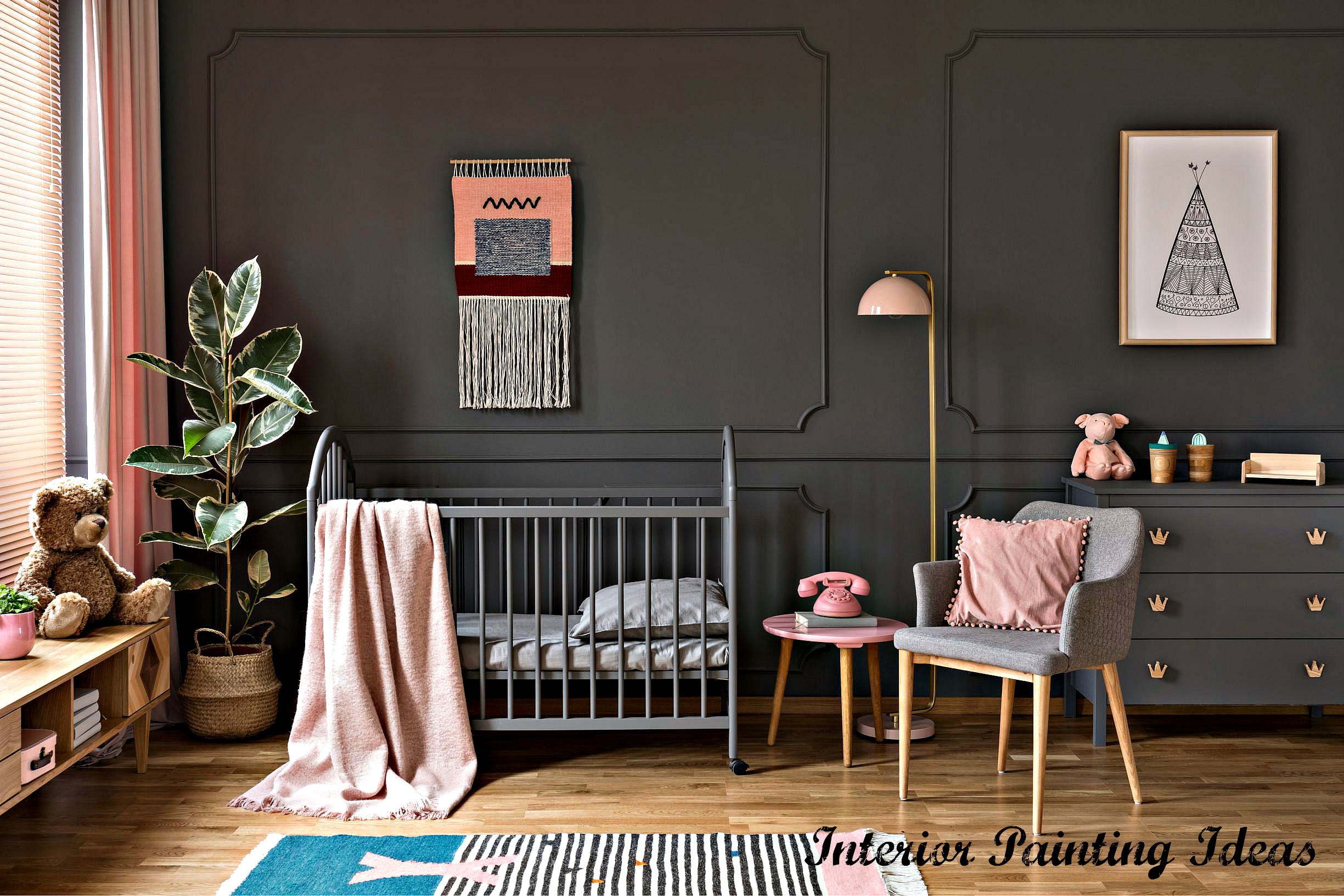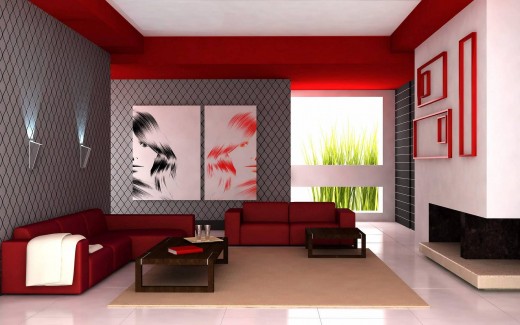Cleveland Metro Painting Specialists Offering Top-Notch Interior and Exterior Painting
Cleveland Metro Painting Specialists Offering Top-Notch Interior and Exterior Painting
Blog Article
Enhance Your Interior Decoration With Comprehensive Shade Consultation
The integration of shade assessment into indoor design offers an one-of-a-kind opportunity to improve and boost the psychological and aesthetic vibration of a room. By involving with an experienced shade professional, you can navigate the intricacies of shade choice, ensuring that your options not only complement building attributes however additionally resonate with individual style and psychological influence. This calculated collaboration can significantly influence the total ambience of your atmosphere, cultivating a sense of harmony and objective. Understanding the nuances of this procedure is crucial-- what key elements should be taken into consideration to accomplish ideal results?
Advantages of Shade Consultation

Furthermore, color examination help in optimizing all-natural light and maximizing spatial perception. Lighter hues can make an area appear more large, while darker shades create an intimate setting. Cleveland Metro Painting Specialists. This calculated application of color can substantially affect the total atmosphere of any interior space
Additionally, specialist consultants have a detailed understanding of existing fads and ageless standards, guaranteeing that the selected colors will certainly continue to be enticing with time. This insight can conserve clients from costly redesigns in the future. Shade examination empowers clients by providing them with a clear vision and direction, fostering self-confidence in their style options and inevitably leading to a much more successful and enjoyable interior layout end result.
Recognizing Color Psychology
The value of color psychology in interior decoration can not be overstated, as it dives into the psychological and mental results that different hues can stimulate in people. Colors can affect mood, actions, and even performance, making them a critical factor to consider in any kind of design job.
For example, warm shades such as red, orange, and yellow are frequently connected with energy and heat. They can stimulate sensations of exhilaration and comfort, making them ideal for social rooms like living cooking areas or areas. On the other hand, cool colors like blue, environment-friendly, and purple have a tendency to evoke calmness and harmony, making them ideal for bedrooms or reflection areas.
Furthermore, using neutral tones can develop a well balanced setting by enabling the bolder shades to stand apart without overwhelming the senses. Comprehending these mental influences allows designers to create spaces that not just look cosmetically pleasing but also promote emotional well-being.
Incorporating shade psychology right into interior decoration involves a thoughtful selection of shades tailored to the intended function of each area, eventually improving the general experience for its residents. This awareness is important for attaining a unified and useful interior setting.
The Shade Wheel Explained
Understanding the partnerships in between shades is vital for effective interior design, and the shade wheel acts as an important tool in this procedure. The shade wheel, created by Isaac Newton in the 17th century, shows the spectrum of shades organized in a circular layout. It consists of key colors-- red, blue, and yellow-- that can not be developed by blending other shades. Second colors, formed by incorporating primaries, include environment-friendly, orange, and purple. Tertiary colors Recommended Reading arise from blending a primary and a second color, bring about shades such as red-orange and blue-green.
The shade wheel helps designers grasp the relationships between shades, including complementary, similar, and triadic plans. Complementary shades, positioned opposite each various other on the wheel, create dynamic contrasts that can invigorate a room. Analogous shades, situated alongside each other, give a cohesive and unified look. Triadic systems use 3 uniformly spaced shades, offering balance and visual rate of interest.
Making use of the shade wheel in interior decoration not just boosts visual allure but also evokes particular emotions and atmospheres, making it an essential recommendation for shade see this site appointment. Recognizing these relationships ultimately encourages developers to develop rooms that are both useful and aesthetically fascinating.
Selecting the Right Palette
Typically, choosing the best palette is a crucial factor in attaining an effective interior decoration job. An appropriate color design can combine a room, boost its functions, and evoke wanted feelings. To begin, take into consideration the function of the space. Various areas serve diverse features and require schemes that show their intended use; for example, serene colors such as soft blues or greens function well in bedrooms, advertising leisure.
Light can dramatically modify exactly how shades show up, so it is important to assess the space at various times of the day. An unified scheme should complement these functions, developing a natural appearance throughout the space.
When selecting colors, utilize the 60-30-10 rule, which recommends that 60% of the room should be a dominant color, 30% a secondary color, and 10% an accent color. This ratio guarantees balance and visual interest (Cleveland Metro Painting Specialists). Sample colors on the wall surfaces prior to devoting, as this enables you to see exactly how the shades engage with one another and the overall ambiance they develop in your indoor style job.
Working With a Shade Professional

When dealing with a color specialist, the process usually begins with a preliminary assessment. During this meeting, you'll discuss your vision, choices, Learn More Here and the existing components in your room. The expert will certainly evaluate your needs and might advise certain color palettes that align with your objectives.
After establishing a direction, the consultant will certainly give examples and visual help to aid you visualize the recommended color design. This step is important, as shades can appear in a different way under differing illumination conditions.
In addition, a shade specialist can guide you in picking corresponding home furnishings, artwork, and devices to balance with your chosen scheme. By working together closely, you can achieve a polished aesthetic that boosts your interiors and develops an inviting ambience. Eventually, the know-how of a color professional can substantially enhance the general impact of your style task.
Verdict
In recap, thorough color assessment offers as an important device for boosting indoor design. By leveraging expert understanding of shade psychology and spatial characteristics, a tailored color combination can be established to stimulate certain feelings and develop a harmonious environment.
By engaging with a seasoned color specialist, you can navigate the intricacies of shade selection, guaranteeing that your choices not only complement architectural attributes yet additionally reverberate with individual design and psychological influence. It makes up main colors-- red, blue, and yellow-- that can not be developed by blending other colors.The shade wheel assists designers grasp the relationships between colors, consisting of complementary, analogous, and triadic systems.When choosing colors, utilize the 60-30-10 policy, which suggests that 60% of the area need to be a dominant shade, 30% an additional shade, and 10% an accent color. By leveraging professional knowledge of shade psychology and spatial characteristics, a tailored color scheme can be established to evoke details emotions and create an unified setting.
Report this page